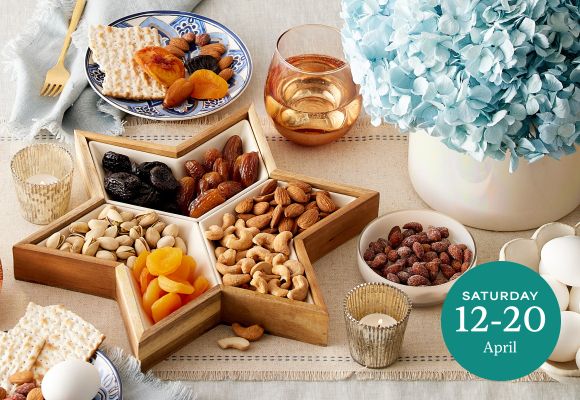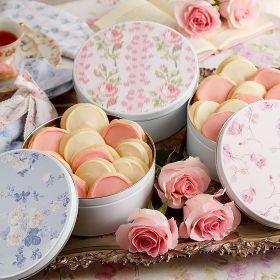Apex
The tip or highest point of a bonsai tree.
Bonsai
Bonsai are trees, plants, or shrubs that have been sculpted into perfect miniature versions by pruning roots, branches and leaves. Since achieving the ideal forms can take years of patient tending and expertise, it is considered a beautiful marriage of art and nature.
Canopy
The leafy cover formed by the top-most boughs and leaves of a tree; also called a crown.
Chokkan
A traditional style of Japanese bonsai. This is a very common form characterized by a singular, upright, straight trunk that tapers towards the top. Branches form at orderly intervals and are thicker at the bottom, becoming shorter and finer towards the apex. Also known as the Formal Upright style.
Conifer
Classification of trees or shrubs that bears seeds in cones; common examples are evergreens such as fir, juniper, pine, spruce, and yews.
Crown
The uppermost section of a tree where branches reach out and up from the trunk; the leafy cover formed by top-most boughs and leaves of a tree; also called a canopy.
Cultivars
These are variations of plants in cultivation; the variant's characteristic traits are those that have been selectively identified and reproduced through careful propagation.
Deciduous
Typically, a hardwood tree or shrub (e.g., maple and elm), which shed all its leaves in the fall, annually. Deciduous trees remain bald in the winter, and sprout new leaf growth in the spring. The Dawn Redwood is an example of a deciduous conifer.
Dormant
A period of time in which plants rest and remain inactive, with little or no growth. Begins in late autumn and extends through the winter months; in the Northern Hemisphere, approximately November through February, relative to local latitude.
Dwarf
A varietal or cultivar that is usually much smaller than the average for its species, which still naturally retains all the characteristics of a full-size plant. Dwarf species differ from bonsai in that dwarfism is generally a natural trait, whereas a bonsai tree has been trained, pruned, and sculpted by horticulturists into its diminutive form.
Evergreen
Trees and shrubs which keep their leaves throughout the year; evergreens do not necessarily have needles for leaves--an example would be a holly tree.
Foliage Pad
A massing of leafy foliage on a branch; sometimes referred to as a cloud.
Fruit
The part of a plant that develops from a flower; also, the part of the plant that carries the seeds, usually as berries, pods, or stone-fruit.
Fukinagashi
A classic Japanese bonsai style where the form emulates a tree exposed to strong, sustained winds with all its branches leaning in one direction. This style is also known as Windswept.
Grafting
In horticulture, the process by which a bud, shoot, or bough is inserted into rootstock (or, the main stem) for the purpose of enjoining living plant tissues. Successful offshoots become fully attached and grow, fed by the original stem stock.
Hardy
A term to describe those plants which can withstand winter frosts.
Hokidachi
A bonsai trained in the traditional Japanese style, also called Broom, characterized by an upright trunk with multiple fine branches growing upwards in the form of a leafy, ball-shaped crown.
Humidity
A term indicating the amount of water vapor present in air, usually expressed as a percentage.
Moyogi
A bonsai that has been trained with a slight curvature in its trunk, giving its branches a subtle, relaxed sense of movement. The overall shape tapers towards the apex. Also known as the Informal Upright style.
Needle
A type of leaf with a stiff texture and a long, narrow shape, similar to that of a sewing needle. Examples include pine and fir trees.
Node
Along a trunk or branch, the point from which leaf-buds sprout.
Ornamental
Descriptor for those types of showy bonsai which are grown specifically for their decorative beauty, shape, foliage, or flowers.
Pot-bound
For any plant growing inside a container or pot, the point that is reached when there ceases to be more room, soil, or vital air space for additional root growth. As in, a pot-bound bonsai. Also commonly referred to as root-bound.
Pruning
A means to limit the growth of a plant or tree--as well as a technique for forming its new growth--whereby shoots, stems, leaves, and/or branches are pinched or cut back.
Repotting
Refers to the practice of removing a bonsai from its pot to help maintain overall plant health. Roots may be inspected, pruned, washed and the soil refreshed. Repotting may be indicated by the need for a larger pot, as in one that has become root-bound.
Rootball
When repotting or transplanting, the large mass of roots and soil visible when a tree is removed from its pot or pulled from the ground.
Rootstock
For purposes of plant cultivation through grafting: the root system and main stem to be used as the base of a new tree, into which the graft stem will be inserted.
Root pruning
During repotting, a method used to cut back the roots of a bonsai to make room for the addition of fresh soil to the pot; a means to encourage new growth.
Shakan
In the Japanese bonsai tradition, a style whereby the tree is grown at a slanting angle, with the first branch pointing opposite the direction of the leaning trunk. Also known as Slanting.
Species
The basic category classification for identifying common characteristics in biological entities; the major subdivision of a genus.
Succulent
Water-retaining plants with fleshy stems or leaves, typically found in arid climates.
Topiary
In contrast to the process of bonsai, the practice of sculpting and trimming full-size trees or shrubs into ornamental shapes.
 Tulip Festival >
Tulip Festival > Chocolates & Sweets >
Chocolates & Sweets > Farm Fresh Flowers >
Farm Fresh Flowers > Passover >
Passover > Easter >
Easter > Starting at $50 >
Starting at $50 > Snake Plant >
Snake Plant > Cookies & Bakery >
Cookies & Bakery >



















